How Professional Services Determine Numismatic Ratings
As Stephen Pfeil, Founder of Global Coin, I’ve dedicated my career to the intricate and rewarding world of numismatics, where every coin represents a tangible piece of history and craftsmanship. The tradition and history of coin collecting have long fascinated...

As Stephen Pfeil, Founder of Global Coin, I’ve dedicated my career to the intricate and rewarding world of numismatics, where every coin represents a tangible piece of history and craftsmanship. The tradition and history of coin collecting have long fascinated enthusiasts, shaping the way we appreciate and evaluate coins. My mission at Global Coin is to empower collectors with knowledge and access to coins that hold lasting value.
Central to this pursuit is understanding numismatic ratings—a critical framework that transforms modern coins, from American Silver Eagles to limited-edition commemoratives, into certified assets. Grading systems, such as the Sheldon Scale and those used by third-party services like PCGS and NGC, standardize the assessment of coin condition and value, providing consistency and confidence for collectors. In this comprehensive guide, I’ll demystify how professional services assign numismatic ratings, particularly for modern issues, and explain why these ratings are indispensable for today’s collectors. With a formal yet rebellious perspective—challenging the status quo of uninformed collecting—I’ll walk you through the process, address key questions, and highlight why numismatic ratings are the cornerstone of building a valuable collection. Join me as we explore this fascinating process and unlock the potential of your modern coins.
My Perspective on Numismatic Ratings: Elevating Modern and Uncirculated Coins

In my years leading Global Coin, I’ve witnessed the numismatic landscape evolve, with modern coins—those minted post-1965, particularly bullion like Silver Eagles or commemorative issues—gaining prominence among collectors. Numismatic ratings, assigned by premier services like the Numismatic Guaranty Company (NGC) and Professional Coin Grading Service (PCGS) (NGC stands for Numismatic Guaranty Corporation, and both are leading third-party grading services), provide clarity and credibility in a market where precision is paramount. These companies are examples of third-party grading services, which independently grade coins to ensure objectivity and market confidence.
These ratings, rooted in the time-honored Sheldon Scale, are not mere numbers but a testament to a coin’s authenticity, condition, and market standing. The Sheldon Scale was created by Dr. William Sheldon in 1948, originally for large cents, and published in his book 'Penny Whimsy.' The grading scale uses numerical grades from 1 to 70, with the lowest grade for circulated coins being 'Poor (PO)' or 'Fair,' and for uncirculated coins, the basal state is MS-60. Not all coins within the same numerical grade are identical—attractive eye appeal, original luster, and other factors affect a coin's value and desirability. High grades such as 'gem uncirculated' and the 'perfect coin' (MS-70) represent coins with exceptional original luster, attractive appearance, and minimal marks.
When graders grade coins, they evaluate the coin's appearance, surfaces, visible flaws, and use the naked eye to assess details. Grading standards set by organizations like the American Numismatic Association (ANA) and other American numismatic authorities ensure consistency and accuracy, not only for coins but also for currency. Numerical grades and grading standards are essential for market valuation and certification. Proof coins, for example, are struck using specially prepared dies to achieve exceptional detail and surface quality. Encapsulated coins are often placed in a PCGS holder, which protects both graded and problem coins.
For modern coins, such as a 2021 Morgan Dollar reissue or a 2025-W Proof Silver Eagle, these ratings can elevate a $50 coin to thousands, reflecting rarity and perfection. As a collector and dealer, I view the coin grading scale as a rebellion against subjectivity, ensuring every coin, no matter how recent, is judged with rigor and transparency.
The Professional Coin Grading Process: A Disciplined Approach

At Global Coin, I advocate for professional grading to safeguard investments, especially for modern coins that dominate today’s market. The process by which services like NGC and PCGS determine numismatic coin ratings is a meticulous blend of expertise and technology, designed to eliminate guesswork. Here’s how it unfolds:
-
Submission and Authentication: Collectors submit coins—raw or previously graded—through authorized dealers like Global Coin or directly via membership programs. For modern coins, such as a 2023 American Gold Buffalo or a 2020-W Proof Silver Eagle, authenticity is critical due to sophisticated counterfeits. At least two expert numismatists employ advanced tools—high-resolution microscopes, die diagnostics, and spectrometry—to verify genuineness. A counterfeit, like a fake 2021 Type 2 Silver Eagle, is rejected outright, protecting the market’s integrity.
-
Grading Assessment: Once authenticated, the coin’s condition is evaluated using the Sheldon coin grading scale, a 1–70 system established in 1949. Modern coins, often uncirculated or proof, typically fall in the Mint State (MS-60 to MS-70) or Proof (PF-60 to PF-70) range. For example, a 2025 American Silver Eagle in MS-70 is flawless under 5x magnification, while an MS-65 may show minor contact marks. Numismatists assess luster, strike sharpness (e.g., “Full Strike” for modern commemoratives), and surface quality. Impaired coins, such as a cleaned 2019 Apollo 11 50th Anniversary Proof, receive a “Details” grade without a numeric score. Designations like “First Strike” or “Early Releases” for coins graded within 30 days of mint release add value, a boon for modern issues.
-
Encapsulation and Certification: Graded coins are sealed in tamper-evident, archival-safe plastic holders—slabs that preserve coins like the 2024-W Proof Gold Eagle for generations. Each slab includes a label with the grade, a unique certification number, and often a QR code linking to online verification. NGC’s database, for instance, provides population reports, revealing how many 2023-W Proof Silver Eagles exist in PF-70. This transparency, backed by a guarantee against overgrading or counterfeits, is why I trust these services for Global Coin’s inventory.
This disciplined process, refined since NGC and PCGS launched in 1987 and 1986, revolutionized numismatics by standardizing ratings. For modern coins, it’s a game-changer—turning a $100 proof coin into a $1,000+ collectible when graded PF-70 Ultra Cameo.
Factors Affecting Coin Grade
 When it comes to coin grading, understanding the factors that influence a coin’s assigned grade is essential for collectors who want to accurately assess value and build a high-quality collection. The grade of a coin is determined by a close inspection of its appearance, with professional numismatists evaluating several key elements that reflect both the coin’s history and its preservation.
When it comes to coin grading, understanding the factors that influence a coin’s assigned grade is essential for collectors who want to accurately assess value and build a high-quality collection. The grade of a coin is determined by a close inspection of its appearance, with professional numismatists evaluating several key elements that reflect both the coin’s history and its preservation.
One of the most significant factors is the presence and severity of contact marks—small nicks, scuff marks, or bag marks that occur when coins come into contact with each other during minting, handling, or transport. Uncirculated coins, especially those in mint state, are expected to have very few contact marks, while circulated coins often show more noticeable contact marks and signs of wear. The fewer and less severe these marks, the higher the grade a coin can achieve.
Luster, or the way light reflects off a coin’s surface, is another critical aspect. Coins with original mint luster and nearly full luster are more desirable and typically receive a higher grade. Loss of luster, often due to circulation wear or improper cleaning, can significantly lower a coin’s grade.
Strike quality also plays a role in coin grading. A well-struck coin displays sharp, clear details in its major design elements and minor details, while a weak strike can make even an uncirculated coin appear less impressive. Collectors and graders look for coins where the highest points and major features are well defined.
Eye appeal, or the overall attractiveness of a coin’s appearance, can influence the assigned grade as well. Coins with exceptional eye appeal—free from distracting spots, discoloration, or environmental damage—are more likely to be graded favorably. Conversely, coins with unattractive toning or surface issues may receive a lower grade, even if they are otherwise well preserved.
Finally, any signs of wear, especially on the high points of the design, are carefully considered. Coins that are heavily worn or show significant circulation wear will be assigned a lower grade, while those with only slight wear may fall into the extremely fine or about uncirculated categories.
By understanding these factors—contact marks, luster, strike, eye appeal, and wear—collectors can better appreciate how professional grading systems assign value and ensure that each coin’s grade accurately reflects its true condition. This knowledge empowers collectors to make informed decisions and build collections that stand out in the world of numismatics.
Why Numismatic Ratings Matter for Modern Coins

As the founder of Global Coin, I’ve seen numismatic ratings transform modern coins from mint products to investment-grade assets. For collectors of coins like the 2021-W Proof Morgan Dollar or 2025 Gold Buffalo, ratings offer several advantages:
-
Market Premiums: A 2023 American Silver Eagle in MS-70 can fetch 2–5x its raw value at auction, with recent sales hitting $200 versus $40 ungraded. Rarity in high grades drives demand, especially for limited-mintage commemoratives.
-
Protection Against Fakes: Modern coins, like 2020-W V75 Silver Eagles, are prime targets for counterfeiting. A numismatist rating from NGC or PCGS ensures authenticity, critical in a market flooded with fakes.
-
Preservation and Liquidity: Slabs protect coins from environmental damage, ensuring a 2024 Proof Silver Eagle stays pristine. Certified coins also sell faster globally, as buyers trust the coin rating system.
-
Portfolio Growth: Modern coins with high ratings, like a 2022-W PF-70 Black Panther Commemorative, often appreciate faster than stocks, blending passion with profit.
In my view, numismatic ratings are a rebellion against uncertainty, empowering collectors to build collections that stand the test of time.
Shop Our Premium Coins!
At Global Coin, I’m proud to offer a curated selection of NGC- and PCGS-graded modern coins, from 2025 Silver Eagles to rare commemoratives. These certified treasures are your opportunity to own history and value in one package. Explore our inventory and elevate your collection today.
Related Articles
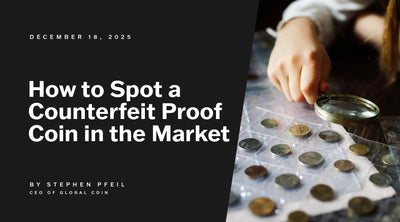
How to Spot a Counterfeit Proof Coin in the Market
How to Spot a Counterfeit Proof Coin in the Market In the world of numismatics, few things hold ...
Discover More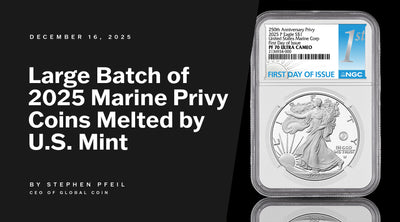
BREAKING NUMISMATIC NEWS: Large batch of 2025 Marine Privy Coins MELTED by U.S. Mint
BREAKING NUMISMATIC NEWS: Large batch of 2025 Marine Privy Coins MELTED by U.S. Mint A historic ...
Discover More
Tax Implications When You Sell Gold Bullion in Different States
Disclaimer: The following content is for informational purposes only and should not be construed ...
Discover More


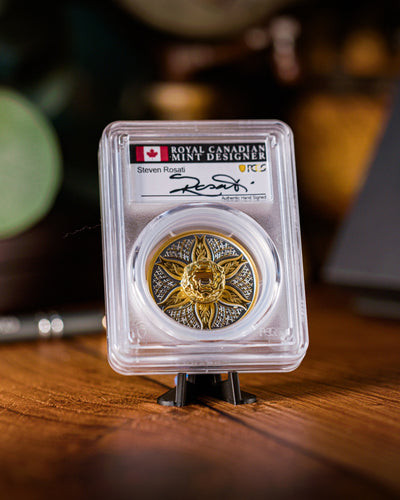
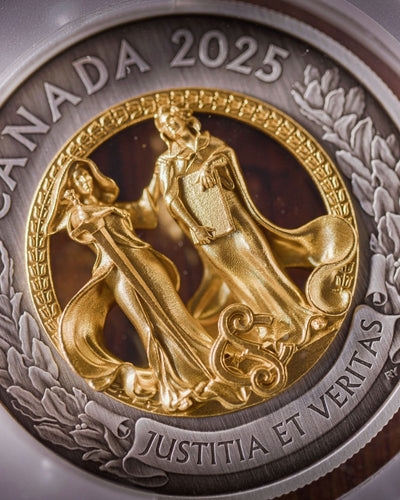
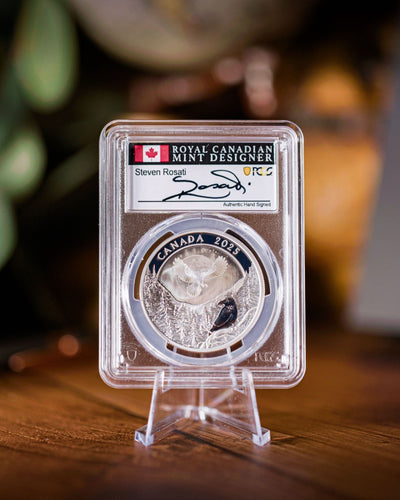
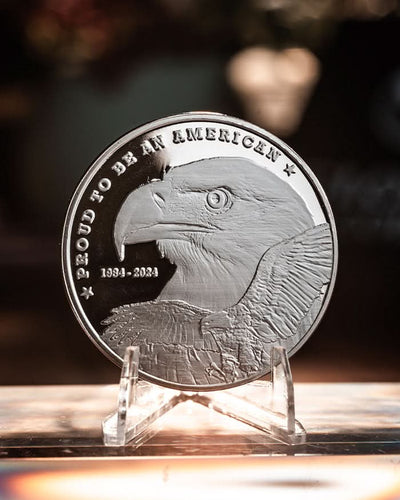
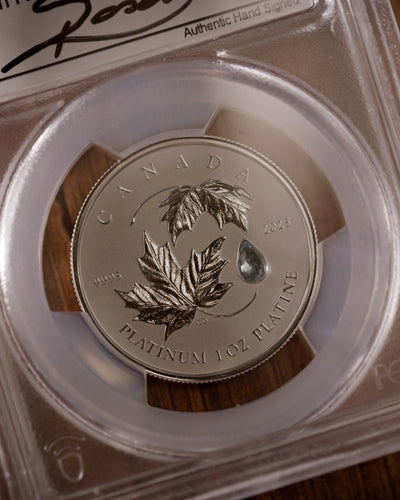
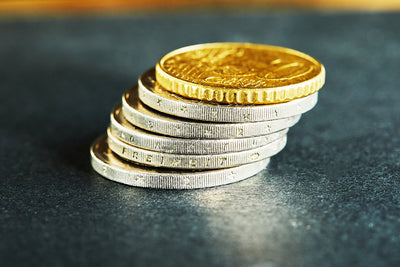
Leave a comment
This site is protected by hCaptcha and the hCaptcha Privacy Policy and Terms of Service apply.